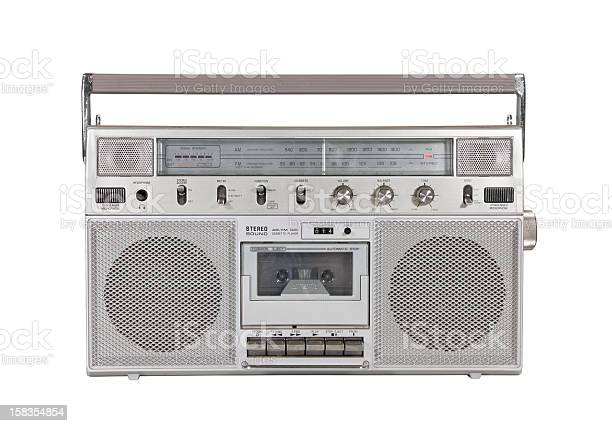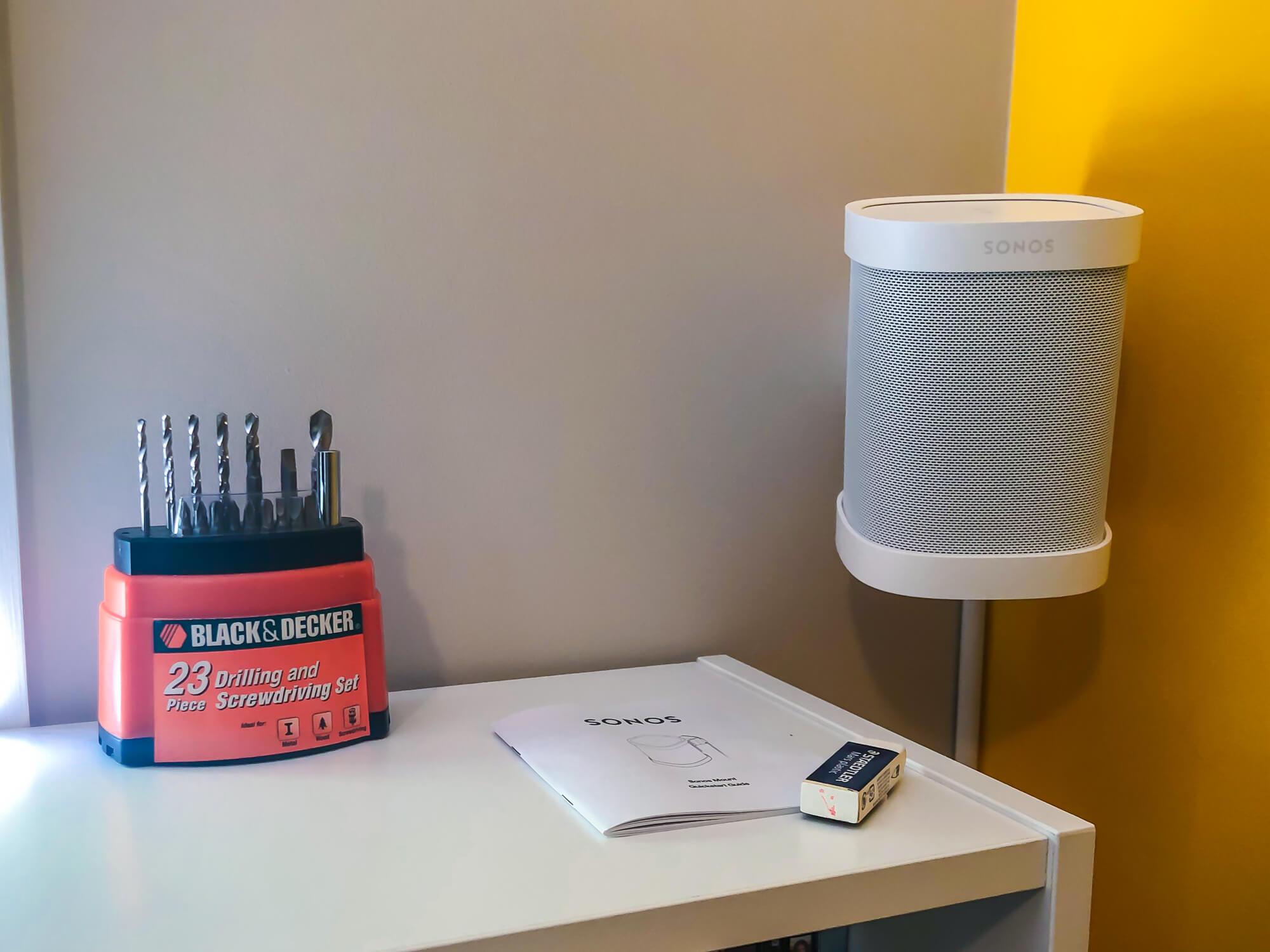
Sonos speakers may not be the most expensive but they provide excellent sound and are compatible to a large number of streaming services. They're easy to set up and - most importantly - can easily grow with you. And if you want to add voice control, the company's app makes it very simple to do.
The best Sonos speaker for your home
Sonos speakers can work in many rooms and play different music styles. The speaker also delivers a crisp, clear sound that fills the room. It will also play your favourite tracks, whether it's a single song or a whole album, with ease.
It will adjust its settings to match the home's acoustics. It will also connect with Google Assistant or Amazon Alexa to allow you to ask it to play a playlist or start a song when you aren't at home.

The best soundbar for sonos
A Sonos Soundbar is a great option to add more surround sound to your living room, especially if your TV supports HDMI ARC. It can also enhance the sound quality and performance of your existing stereo system.
The Sonos Beam, one of Sonos's most successful soundbars is a solid choice for anyone who enjoys watching movies with a bit more bass than what a regular pair of speakers can provide. This soundbar is a great way to get started with Sonos's home cinema soundbar range. It also works well with all Sonos wireless subwoofers and speakers.
Another great option for anyone looking to upgrade their home cinema is the Sonos Beam (Gen 2), which can be paired with a Sub Mini or other satellites for even more bass and surround effects. Like most Sonos soundbars, it can be tuned in to your room using the Sonos app and features TruePlay, a sonic optimization tool that adjusts the sound to match your home's acoustics.
The Sonos Beam is a great value too. While it's not as flexible or loud as the Sonos Five it's still an excellent choice for anyone looking to add a Sonos soundbar into their audio system.

The Sonos Ray, a budget-friendly alternative to the Beam, is an excellent choice. Although it isn't as smart, and doesn't have an HDMI port either, the Sonos Ray has an impressive sound. It's also much more compact, so it can fit under smaller TV sets that might be a bit too large for the Beam.
The Sonos Roam speaker is great for those who want a versatile speaker, that can also be taken outside the house. It's a wireless speaker that can connect via Bluetooth or Wi-Fi, so you can take it wherever you go, and it's surprisingly rugged for its size.
Here are the top Sonos speakers that will suit your needs.
FAQ
Which sound system is best?
An audio system that is well-designed and sound great is vital to any home entertainment experience. Your home theater will suffer if the speakers you use aren't producing the right sound quality to create an immersive experience.
A great sound system can give you a full-bodied and rich listening experience. Whether you choose a compact speaker set or surround sound, there are several factors to consider when choosing a sound system. These factors include size, frequency response and power handling.
The size of the space you have will affect which speaker system type you need. In general, small rooms require smaller speakers. For larger spaces, you might need more speakers. You should consider how much space you have between the ceiling & floor, and where you intend to place the speakers.
Frequency response can also be important. This is the frequency response of each speaker. Most systems are divided into two channels, left/right (L/R), or front/back (FR/RB). Each channel covers a specific area of the spectrum. Consider speakers with similar coverage.
The power handling refers to how much power each speaker can produce. Some speakers produce more power than others. Consider models that meet your needs and budget.
Connect them properly to your amplifier to ensure that your speakers deliver maximum performance. Speakers should be connected directly to your amp via a direct connection or a receiver. To avoid damaging your speakers, keep the volume level below 50 percent.
What are the options available to me when selecting a home-theater system? What are the main factors to consider?
You can choose from many different options when looking for a home cinema system. Each type comes with its advantages and disadvantages.
A 5.1 surround system will offer five channels of sound, including two front left, left, center and subwoofers; one rear right, left, and center channel; as well as one tweeter. Clear dialogue will be heard from the front left and right speakers, while the subwoofer's and center channel will deliver rich, deep bass.
This arrangement is preferred by some people because they can hear every word in the movies. Others enjoy watching movies alongside friends and family who have different musical tastes.
Remember to buy a home theater system that fits your needs regardless of your choice.
Let's suppose, for instance, you decide to listen to music more than you watch TV. If this is the case, you may opt for a wireless stereo instead of a surround-sound system.
You should also consider whether you prefer a flat screen or a curved one. Flat screens don't curve around the edges, which makes them easy to install.
They are however not very comfortable to view images on. Curved screen are more comfortable and offer greater viewing angles.
However, professional installation is required to install a curved screen. Ask your dealer to provide a warranty on your new TV if you plan on buying it.
The size of the space where the system will be installed is one last thing to think about when selecting a home theatre.
Larger rooms will require larger speakers. A room measuring 6 1/2 feet in width and 8 feet tall would require speakers with a width 3 feet and height 4 feet.
Keep in mind, however, that bigger speakers tend to be more expensive. If you are planning on installing your home theater system into a large space, budget accordingly.
Don't forget about any additional entertainment systems that you might be purchasing. You might be surprised how quickly your home theater costs can add up!
Can I use a portable speaker to replace my home theater system?
Portable speakers work well for parties and outdoor events. You can even use them to entertain guests at your home.
But they won't offer the same quality as a dedicated home theatre system. Portable speakers often lack high-quality components.
Waterproofing is essential if your portable speakers will be used outdoors. If they don't have waterproofing, water can damage them.
Statistics
- As of winter 2017, it is estimated by NPR and Edison Research that 39 million Americans (16% of the population over 18) own a smart speaker. (en.wikipedia.org)
- 10% off all sitewide purchases + (wired.com)
- According to Henriques, the sound system has also played an influential role in the global influence of Jamaican music internationally. (en.wikipedia.org)
- $10 off TurboTax Premier Service code 2022 H&R Block Coupon 20% (wired.com)
- Extra 20% off sitewide - Dyson promo code 2022 (wired.com)
External Links
How To
How do wireless speakers gain power?
There are two types to choose from when it comes to wireless speakers. One is battery-powered, the other is plug-in. Both need an external power source. Because they are usually connected to a wall socket, powering them is very easy. However, it is important to plan ahead for wireless power.
Wireless speaker systems often rely on solar power or batteries for their power. This means these devices have limited range and often need to be placed near a charging station. The device will stop working if you move it away from the charging station.
It is best to have your home entertainment system run on rechargeable batteries to avoid this problem. These devices last longer than standard battery and are easier for you to install.
This setup also allows you to place your equipment where you choose. You can set your system up next to your bed to listen to music when you're asleep. Mount your speakers underneath your cabinets and you can listen to music while you cook.
It is important to plan how long it will take each component to fully charge. Your amplifier may require three hours to fully charge, while your Bluetooth receiver might only take 30 minutes. Make sure you account for any downtime during this time.
You can also use a combination of both wired and wireless components. The wireless transmitter allows you to position your speakers anywhere you like.
As a general rule, it is best to buy products that can work together. So, for example, you might buy an amplifier and Bluetooth receiver concurrently. For maximum benefits, they should fit into each other's slots.